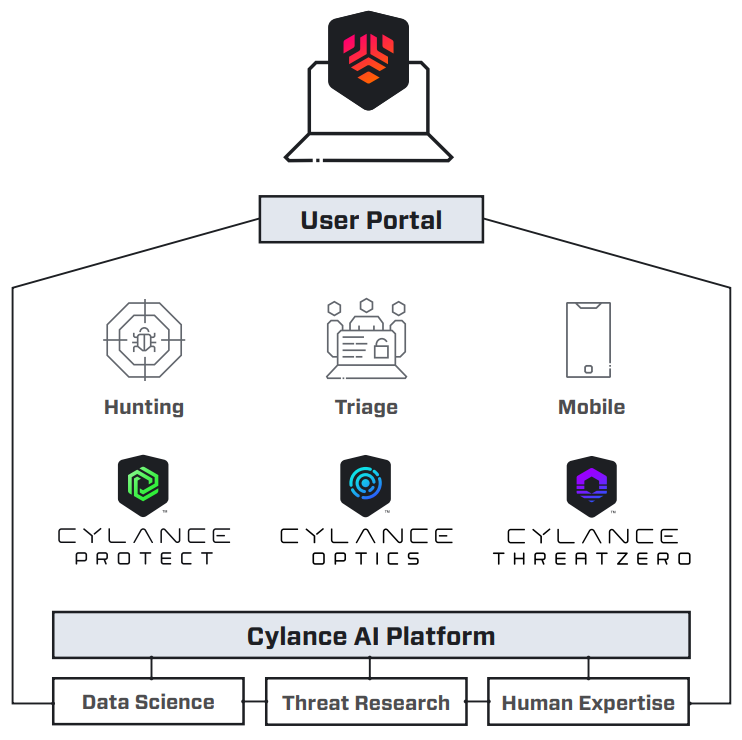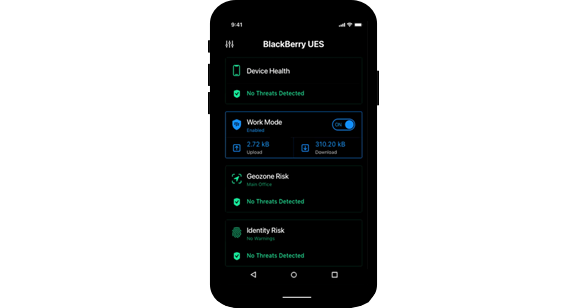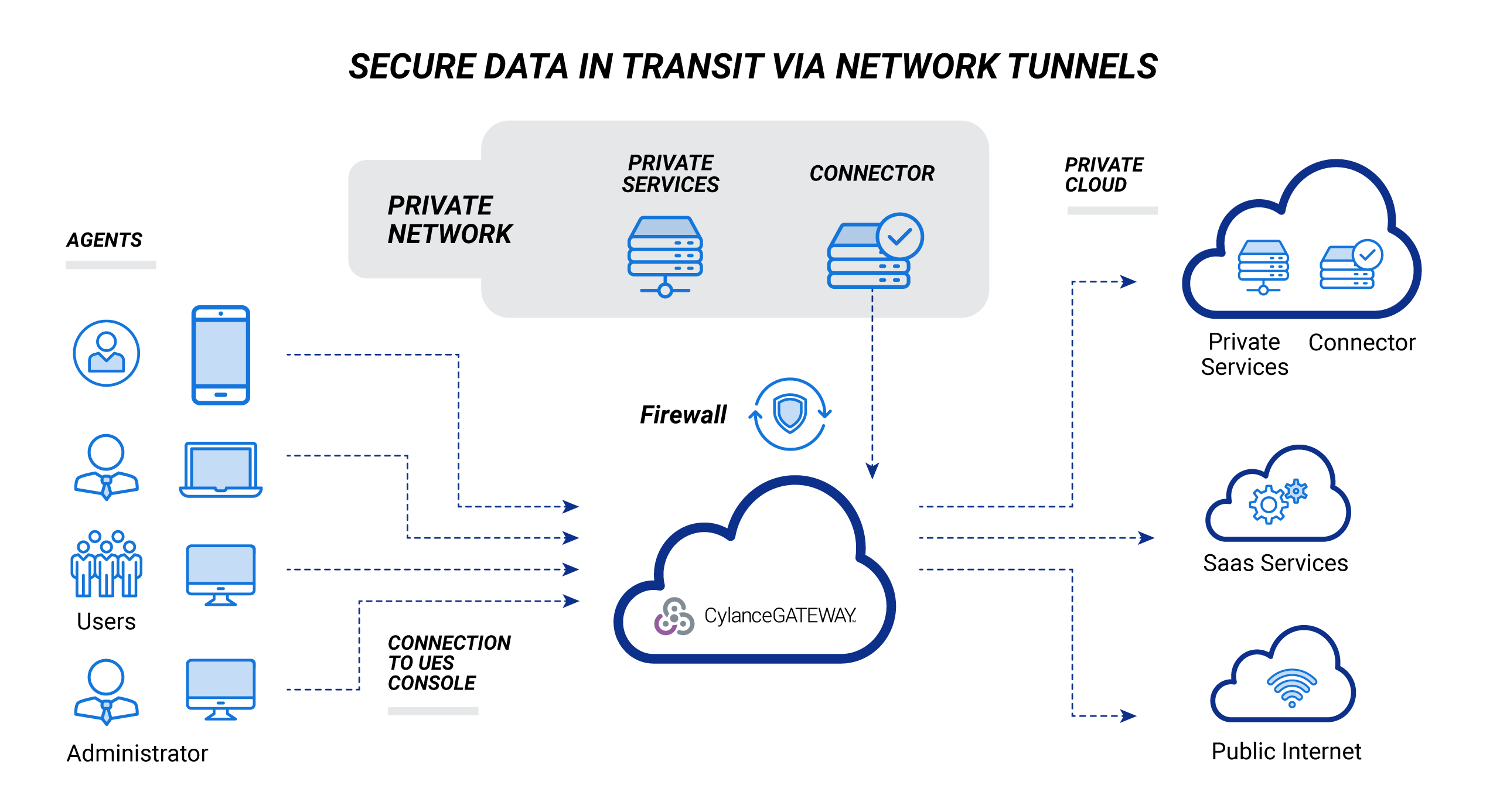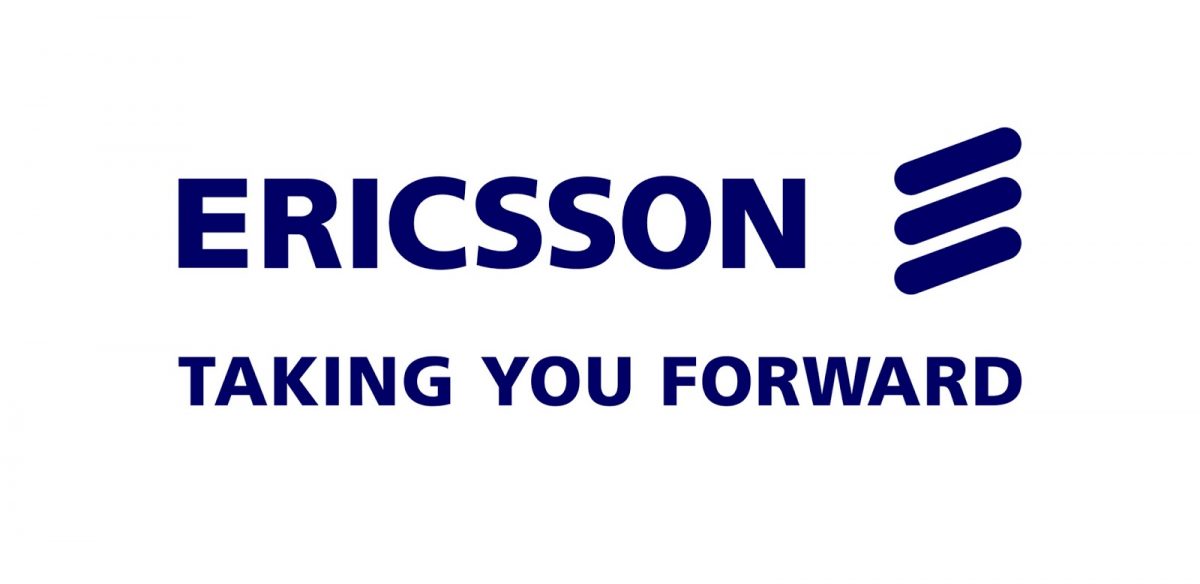BlackBerry has launched a new Cyber Threat Intelligence Service. The announcement was made at the BlackBerry Security Summit, a yearly conference. The service will provide proactive threat detection and analysis. It will also help organizations protect their networks from cyberattacks. The service is available to all BlackBerry customers.
CylanceGATEWAY ZTNA-as-a-Service solution
BlackBerry Limited has partnered with CylanceGATEWAY to provide zero-trust network access tools and security controls. The ZTNA-as-a-service solution incorporates endpoint security and a comprehensive AI-based cybersecurity solution. This solution will help businesses limit access to known and trusted users. The new service will also include a new BlackBerry Partner Program, which allows XXX MSSPs to offer cyber security services to SMBs. In addition, it will provide unique training for partners and a new pricing model that includes incentives.
The new service is based on BlackBerry’s gateway, acquired from Cylance in 2019. It uses machine learning algorithms to authenticate users and limit access to only authorized applications. The service also enables secure network connectivity for remote workforces. It protects critical assets from unauthorized users and improves overall risk posture. It hides apps and infrastructure from the public to minimize attack surface areas.
BlackBerry ZTNA-as-a-service is a cloud-native cyber threat intelligence service that continuously monitors network traffic for threats. It has various security features, including endpoint and network telemetry, a data loss detection module, and enhanced network anomaly detection. Additionally, it offers global network access and application logging.
The new solution is equipped with AI-based Blackberry models trained on trillions of data points, several years of threat data, and the ability to detect zero-day phishing attacks and lateral movement attempts. Its capabilities also include integration with Microsoft Office 365 cloud service.
Unlike traditional VPNs, ZTNA-as-a-service solutions are cloud-based and can be deployed quickly and easily. They are available from an AWS marketplace and can be configured to meet your needs. These cloud-based solutions enable organizations to use ZTNA as-a-Service without the expense of additional IT resources.
BlackBerry’s acquisitions
BlackBerry’s acquisition of cyber threat intelligence services is part of a larger strategy to expand its cybersecurity services and software offering. Those services include vulnerability assessment, threat detection, incident response analysis, forensic services, and training and regulatory compliance. BlackBerry also acquired the cyber security consulting firm Encryption Limited. Its clients include Fortune 500 companies and state and federal agencies.
BlackBerry has recently made several acquisitions, including the cybersecurity firm Cylance. This latest acquisition is the largest in company history, costing $1.4 billion. It also shows that the company is moving away from smartphones and is focusing more on enterprise cybersecurity. Although BlackBerry still relies on BlackBerry devices for enterprise spankbang security deals, the acquisition of Cylance indicates that it is shifting its focus away from devices and towards services.
Adding Cylance to its portfolio gives BlackBerry access to an advanced security platform, which it can deploy inside its current platforms. BlackBerry also hopes to add more channel revenue through the acquisition. The company says it will report to Chen. In addition to purchasing Cylance, BlackBerry also acquired the embedded operating system Cylance, which is now used in 120 million cars worldwide.
The new services are part of a larger strategy to improve the security of mobile devices.
With a portfolio that includes BlackBerry security and anti-malware solutions, the company hopes to keep customers safe from cyber threats and prevent data breaches. In addition, through its acquisition of Cylance, BlackBerry can now deliver more advanced cyber security and malware protection for its customers.
Threat intelligence helps businesses detect and counter cyber attacks. The information is helpful to security analysts, which allows them to investigate security incidents faster. It also empowers defenders with better decisions. The BlackBerry Cyber Sexverhalen Threat Intelligence service offers the ability to analyze the threats that companies face and make informed decisions based on the intelligence collected.
The two companies also plan to leverage BlackBerry’s Jarvis software composition analysis tool to help OEMs secure their IoT software supply chains. The service will offer actionable intelligence for IoT software supply chains and bill of materials analysis. With this information, Equipment Manufacturers will have better security plans.
Recorded Future
BlackBerry Limited has launched a cyber threat intelligence service to protect mobile devices from cyber attacks. This service will enable organizations to strengthen their cybersecurity posture, streamline workflows, and ensure business resilience. It will include new capabilities to analyze endpoint, network, and user telemetry. It will also enable organizations to monitor application and data access patterns.
The service is powered by artificial intelligence (AI) and machine learning. It identifies and blocks cyber threats. It also tracks global cybersecurity trends and prominent cyber threat actors. The service also includes tools to detect malware. BlackBerry’s cybersecurity experts will follow and block cyber attacks to protect businesses and organizations.
The company will also launch Advanced Technology Development Labs to focus on cybersecurity research. This group will be led by the company’s CTO and will include over 120 security experts, researchers, and software developers. Initially, the Labs will focus on machine-learning approaches to security. They will also work with existing business units to build solutions.

BlackBerry’s new service will be available in December for a quarterly subscription fee.
It will help companies to protect their data and make better decisions. The new service will be available for commercial organizations that want to stay ahead of the latest threats. It will help companies protect their data and save resources.
The new service will offer a single-pane view of critical security issues. It includes three security platforms: CylanceProtect, CylanceOptics, and CylanceGuard. It will also feature data leakage detection and visibility. It will also offer granular access control.
Threat Intelligence is a vital component of the security stack for many companies. It can increase the quality of alerts and reduce the time IT security experts spend triaging alerts. As a result, the market for threat intelligence is growing steadily and is expected to reach $15 billion by 2026. One of the biggest providers of threat intelligence is Recorded Future. Its Intelligence Cloud platform includes automatic analytics, search capabilities, and real-time threat response.
Cyber threats to businesses and governments are becoming more sophisticated. As a result, it’s vital to protect against them. The new service will help ensure that companies remain secure.
Silobreaker
Silobreaker provides comprehensive and contextualized analysis of unstructured data from millions of sources. By analyzing the relationships between cyber threats, their targets, vulnerabilities, and exploits, the solution helps professionals understand the context behind specific threats and proactively protect their networks. In addition, its technology makes it easy to identify and investigate threat actors, companies, and threats across the web.
The service is offered by BlackBerry Limited. The company announced the new Cyber Threat Intelligence product during its annual Security Summit. It was developed in partnership with AmiViz, a global cybersecurity company. Its roadshows were attended by hundreds of CIOs, CISOs, IT Heads, and senior executives from various industries.



 6,000-euro subsidy
6,000-euro subsidy




 d: The User Interface: I’ve written previously about Quick Look in Snow Leopard and how I also dug its slight innovation in terms of in-icon playing of media. Previously, OS also introduced Dashboard into Tiger (I believe), whose interface, on the surface at least, resembles the iPhone. My view is that Apple will give developers the option to just keep the same resolution apps as they have offered before, though not exclusively of course. But imagine “Quick Looking” an app and still having it run inside its “Icon,” while the user does something else. For the rest, I of course think that full-screen Apps will exist, which is where Dashboard comes in, or at least a type of Dashboard. (Note: that was wrong. More below.)
d: The User Interface: I’ve written previously about Quick Look in Snow Leopard and how I also dug its slight innovation in terms of in-icon playing of media. Previously, OS also introduced Dashboard into Tiger (I believe), whose interface, on the surface at least, resembles the iPhone. My view is that Apple will give developers the option to just keep the same resolution apps as they have offered before, though not exclusively of course. But imagine “Quick Looking” an app and still having it run inside its “Icon,” while the user does something else. For the rest, I of course think that full-screen Apps will exist, which is where Dashboard comes in, or at least a type of Dashboard. (Note: that was wrong. More below.)


 The biggest obstacle to tablets becoming mainstream is not software, it is cost. You can justify the cost of an (Apple-priced) laptop in a work or school context. It drastically increases your productivity. While Apple has tried to keep the cost of its tablet-line relatively low, there’s no equivalent formula for calculating the return on investment from tablet-computing yet, because the money-making processes aren’t easily carried out via that medium yet. At some point, I envision tablets becoming clients hooked up to a massive server, docking into a pseudo-computer with a keyboard and (something akin to) a mouse. That would require a central computer to act as storage and a well-thought-out dock that is on people’s desks. The reason this doesn’t exist yet, is because no-one’s sure how to interact with the touch-screen when it’s standing up like a display — it’s an ergonomic conundrum.
The biggest obstacle to tablets becoming mainstream is not software, it is cost. You can justify the cost of an (Apple-priced) laptop in a work or school context. It drastically increases your productivity. While Apple has tried to keep the cost of its tablet-line relatively low, there’s no equivalent formula for calculating the return on investment from tablet-computing yet, because the money-making processes aren’t easily carried out via that medium yet. At some point, I envision tablets becoming clients hooked up to a massive server, docking into a pseudo-computer with a keyboard and (something akin to) a mouse. That would require a central computer to act as storage and a well-thought-out dock that is on people’s desks. The reason this doesn’t exist yet, is because no-one’s sure how to interact with the touch-screen when it’s standing up like a display — it’s an ergonomic conundrum.

